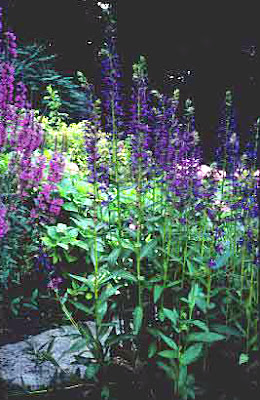Wait until the moon is full
.jpg)
Last night was the full moon. It was the Harvest Moon -- the full moon closest to the Fall equinox. It was beautiful here - bright, rising about 8:15 pm, and creating plenty of moonshadows. The nocturnal symphony here in the Southeast is somewhat muted because of drought, but there are still plenty of field crickets singing and tree frog choruses. I had a group out with me, and one of the sharp-eared participants could hear the squeaking of bats as they left for their night hunting. I think my hearing is still good, but I couldn't hear what she did. A young boy was enamoured of my calling for barred owls -- who cooks for you, who cooks for you -- and kept calling himself -- he and his mom thought they heard a reply, although I think it was a bit of wishful thinking. I told the story of how my mother liked to read to my sister and me one of our favorite nighttime stories -- Wait until the Moon is Full. This is a lovely children's story about a mama raccoon, who wants her ch...












